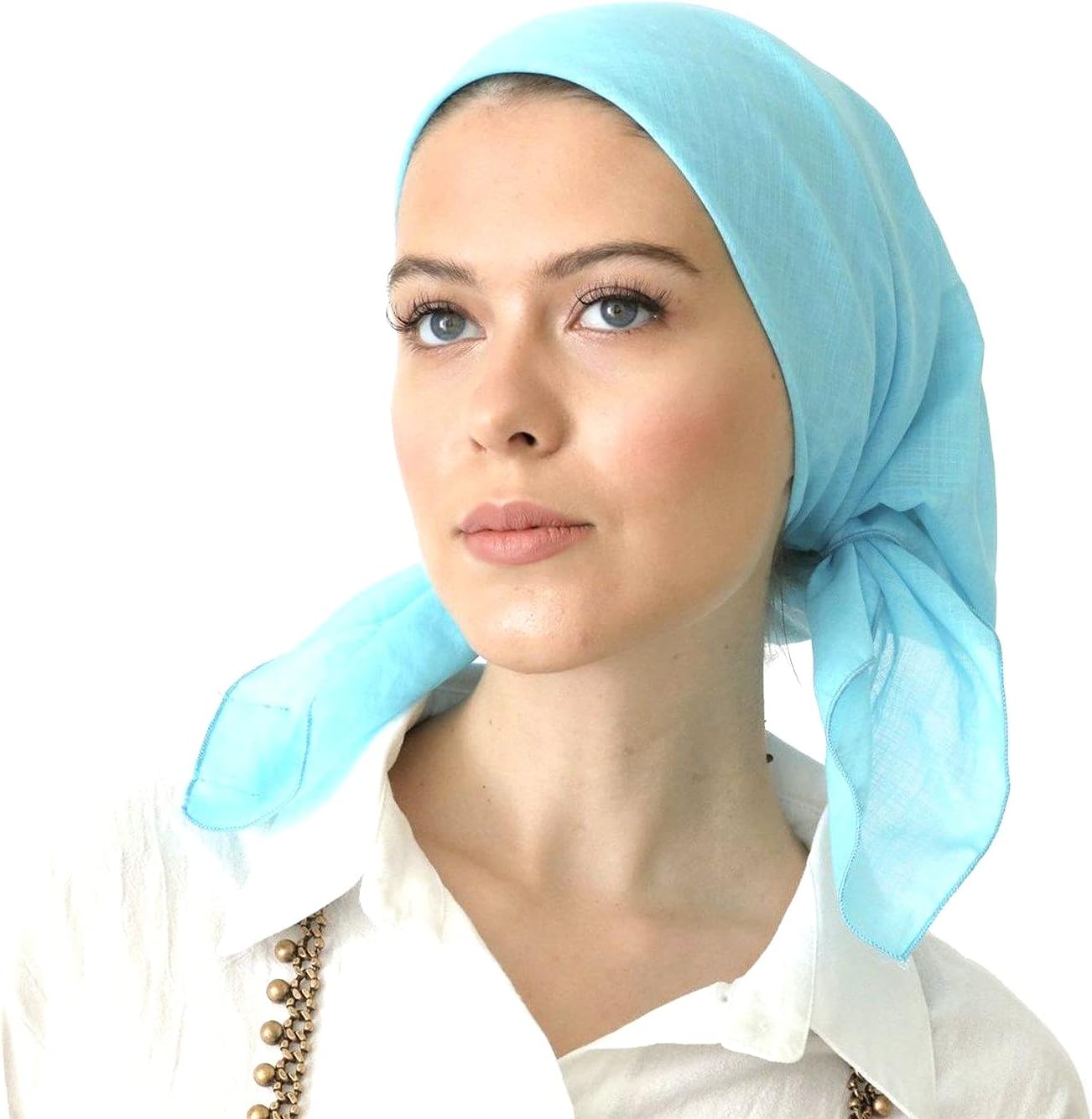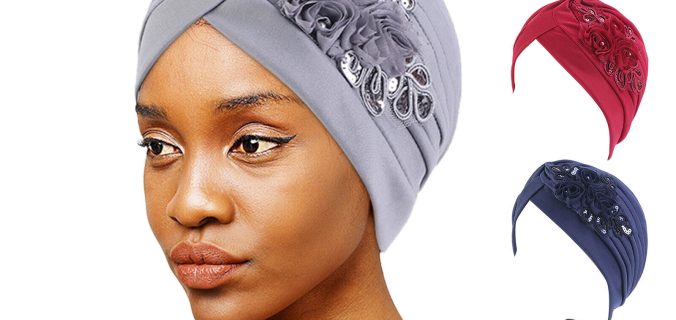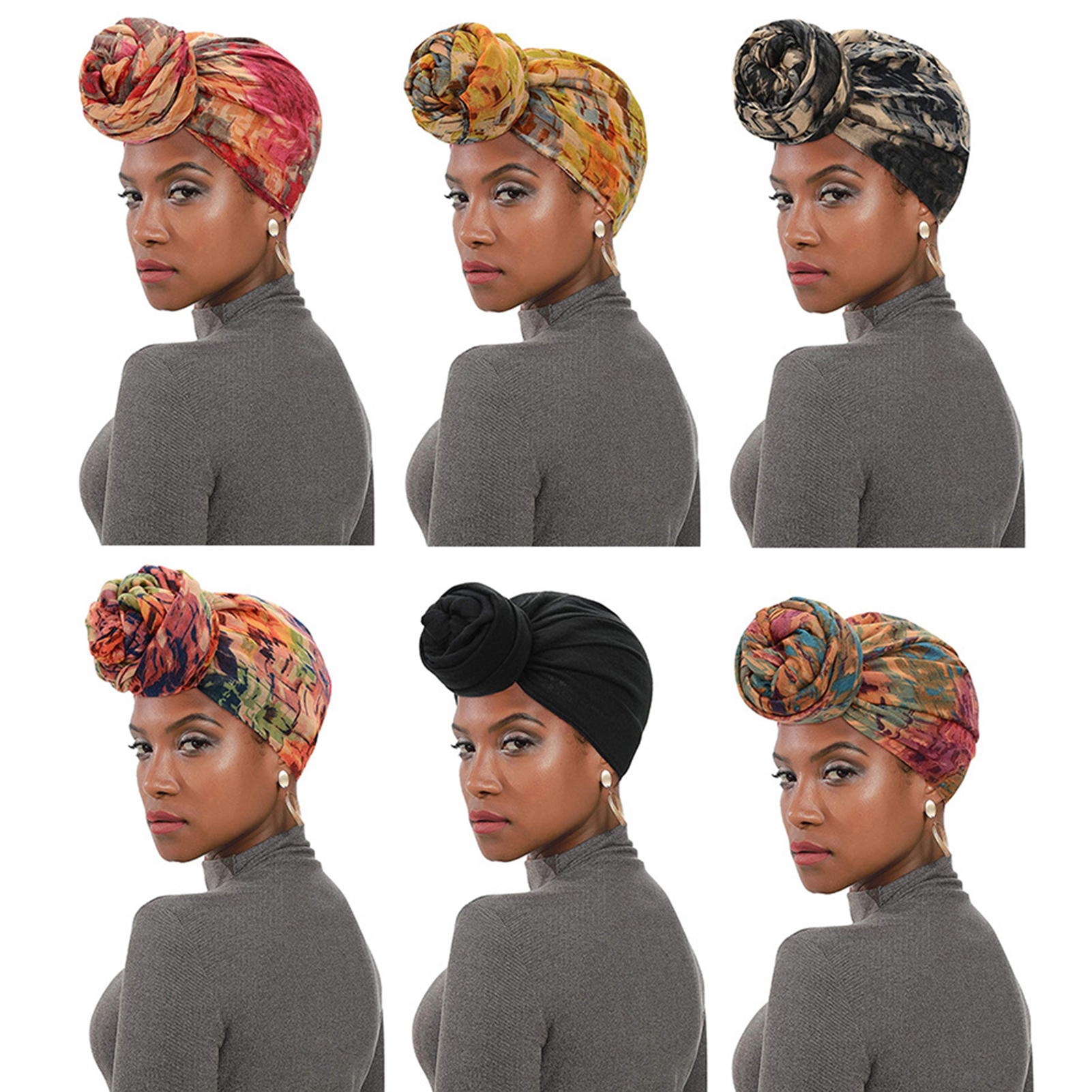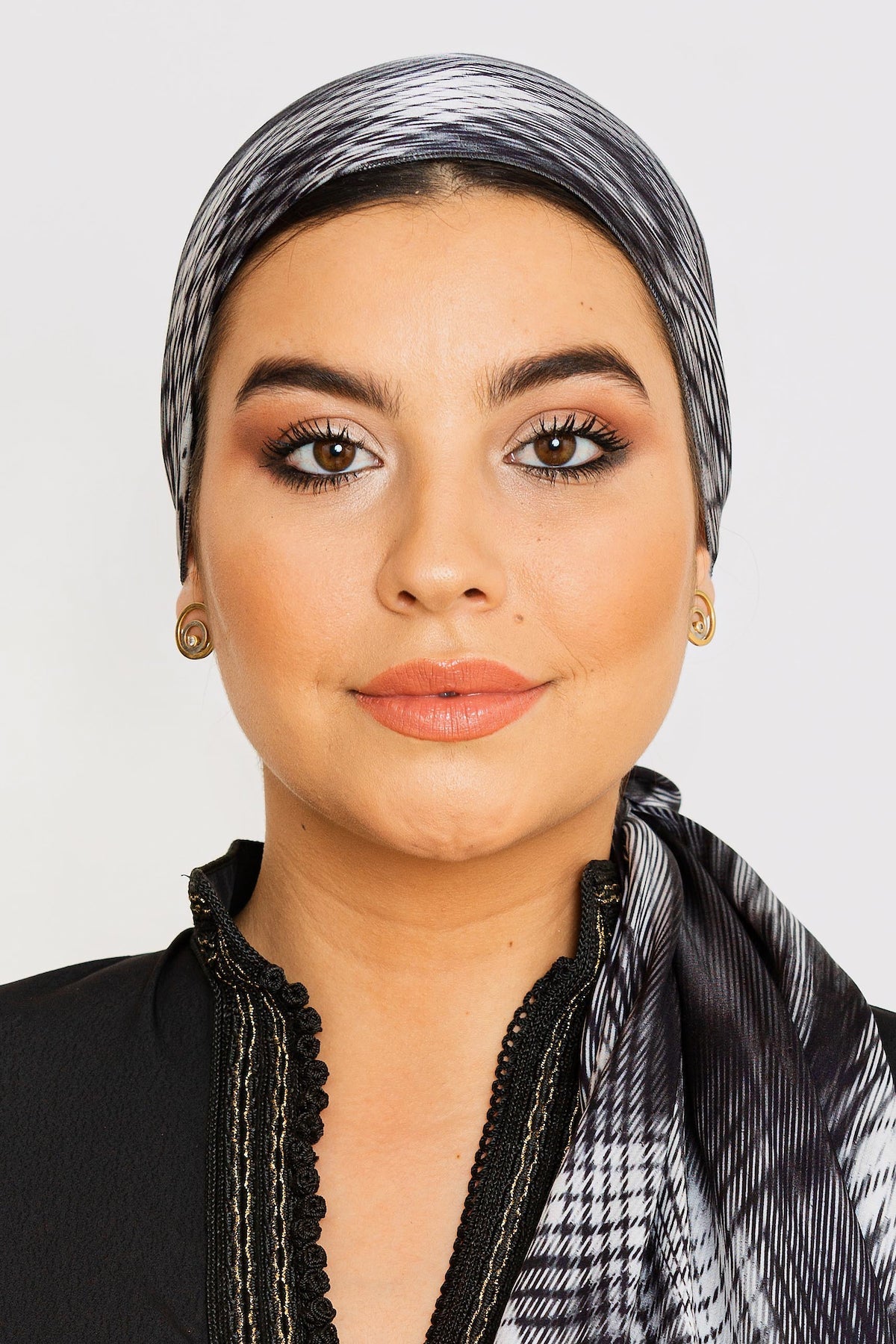Introduction
Head scarves have long been a symbol of elegance, versatility, and cultural expression for women around the world. From chic Parisian street style to traditional Middle Eastern hijabs, the humble head scarf has transcended boundaries to become a staple accessory in modern fashion. This guide delves into the art of styling women’s head scarves, exploring various fabrics, patterns, tying techniques, and occasions to help you elevate your look with grace and flair.

1. Understanding Fabrics and Materials
- Silk: Known for its lustrous sheen and luxurious feel, silk scarves add a touch of sophistication to any outfit. Perfect for formal events or as a statement piece.
- Cotton: Lightweight and breathable, cotton scarves are ideal for warmer climates or casual wear. They come in various prints and are easy to care for.
- Chiffon: Delicate and sheer, chiffon scarves offer a romantic touch. They drape beautifully and work well for dressy occasions or to soften a bold outfit.
- Wool: Warm and cozy, wool scarves are winter essentials. They provide insulation while adding texture to your cold-weather ensembles.
2. Patterns and Prints for Every Personality
- Solid Colors: Timeless and versatile, solid-colored scarves complement any outfit. Neutral hues like black, navy, or beige are wardrobe staples, while bold colors can add a pop of vibrancy.
- Floral: Feminine and romantic, floral scarves lend a spring-like freshness to your look. Opt for smaller prints for subtlety or large blooms for a statement piece.
- Geometric: Angular shapes and stripes bring a modern edge to your style. Play with symmetry for a polished appearance or mix patterns for a playful twist.
- Ethnic Motifs: Rich with cultural symbolism, ethnic print scarves celebrate diversity. From paisleys to ikats, they add global charm to your wardrobe.
3. Mastering the Art of Tying
- Basic Knot: Fold the scarf diagonally to form a triangle, place it over your head with the point at the back, and tie the ends at the nape of your neck for a classic look.
- Bun Wrap: Wrap the scarf around a bun or ponytail for a bohemian vibe. Secure with bobby pins or tie in a bow.
- Turban Style: Fold a long scarf into a wide band, wrap it around your head, and tie at the front or side. This adds drama and can be a stylish solution for bad hair days.
- French Twist: Drape the scarf over your shoulders, take the ends to the back, cross them, bring them forward, and tie loosely at the neck. Tuck in the loose ends for a chic finish.
4. Matching Scarves to Occasions
- Casual Day Out: Pair a lightweight cotton or chiffon scarf with jeans and a simple top for a casual yet chic look.
- Office Wear: Opt for silk or subtle patterned scarves to add a touch of professionalism to your work attire. Coordinate with your blouse or suit for a polished finish.
- Evening Events: Choose a luxurious silk scarf in a rich color or metallic finish. Drape it elegantly around your neck or use it as a statement headwrap.
- Weddings and Special Events: Embrace elaborate prints, sequins, or embroidery for an eye-catching accessory that complements your dressy ensemble.
5. Accessorizing and Layering
- Hats and Sunglasses: Pair your head scarf with a wide-brimmed hat and oversized sunglasses for a glamorous vacation look.
- Jewelry: Layer delicate necklaces or statement earrings to accentuate your scarf and complete your outfit.
- ** Blazers and Jackets:** Layer your scarf under a blazer or over a leather jacket for a stylish transition from day to night.
6. Cultural Significance and Respect
When incorporating head scarves into your style, it’s essential to acknowledge and respect the cultural and religious significance they hold for many individuals worldwide. For example:
- Hijab: Worn by Muslim women as a sign of modesty and devotion, the hijab is a symbol of faith and comes in various styles and materials.
- Tichel: Traditional Jewish head coverings, tichels are often elaborate and feature beautiful wraps and knots, reflecting the wearer’s personal taste and cultural pride.
- African Headwraps: In many African cultures, headwraps denote social status, cultural identity, and even communicate messages through patterns and colors.
When adopting styles inspired by these traditions, it’s crucial to approach them with sensitivity, understanding, and appreciation for their origins. Avoid cultural appropriation by learning about the meanings behind these garments and using them respectfully.
7. Sustainable and Ethical Considerations
As you explore the world of women’s head scarves, consider the environmental and ethical impact of your choices:
- Eco-Friendly Materials: Look for scarves made from organic cotton, recycled fabrics, or sustainable materials like Tencel, which have a lower environmental footprint.
- Fair Trade: Support brands that adhere to fair trade practices, ensuring artisans and workers receive just compensation and work in safe conditions.
- Secondhand and Vintage: Thrift stores and online marketplaces offer a treasure trove of unique, pre-loved scarves, reducing waste and promoting circular fashion.
8. Personalization and Creativity
Don’t be afraid to personalize your head scarves to truly make them your own. Here are some ideas:
- DIY Embellishments: Add beads, embroidery, or sequins to a plain scarf for a personalized touch.
- Custom Printing: Many services allow you to design your own scarves with custom prints or photographs, creating a one-of-a-kind accessory.
- Scarf Care: Properly caring for your scarves ensures they last longer and retain their beauty. Follow care labels, hand wash delicate fabrics, and store them neatly to avoid wrinkles and damage.
9. Incorporating into Daily Life
Integrate head scarves seamlessly into your daily routine by matching them with your mood, the weather, or your planned activities:
- Morning Commute: Use a scarf to keep hair in place during windy or rainy commutes, adding a touch of practicality to your style.
- Work-from-Home Comfort: Soft, cozy scarves can double as hairbands or neck warmers while working remotely, keeping you comfortable and chic.
- Outdoor Adventures: In warmer months, a lightweight scarf doubles as sun protection for your neck and head, while in colder weather, it provides extra warmth.
Conclusion:
A women’s head scarf is not merely an accessory; it’s a powerful tool for self-expression and personal style. By experimenting with different fabrics, prints, tying techniques, and accessorizing, you can transform your look and add depth to your wardrobe. Whether dressing up or down, a well-chosen head scarf can elevate any outfit, making it a versatile and timeless addition to your collection. So, embrace the art of the scarf and let it be an extension of your unique personality and style.




